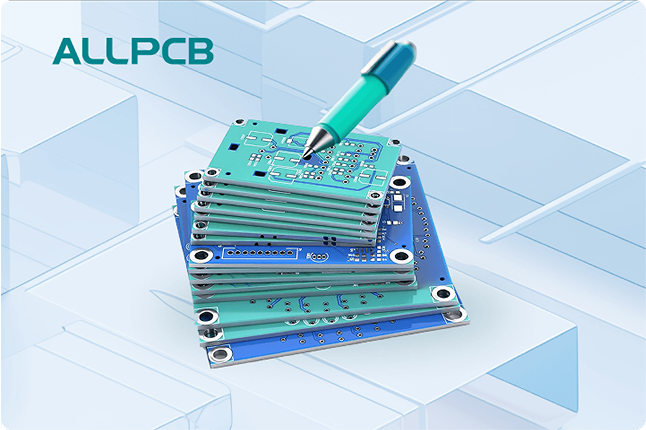Are you following outdated or misguided EMC design guidelines that could be harming your PCB performance? Electromagnetic Compatibility (EMC) is critical for ensuring your printed circuit boards (PCBs) function without interference, but some common practices can do more harm than good. In this blog, we’ll uncover the not-so-good EMC design guidelines you should stop following and provide better alternatives to achieve reliable, interference-free designs.
Whether you’re an experienced engineer or just starting with PCB design, sticking to ineffective rules can lead to costly redesigns, signal integrity issues, or failed compliance tests. Let’s dive into the myths and mistakes surrounding EMC design guidelines and set the record straight with practical, proven tips.
What Is EMC and Why Does It Matter in PCB Design?
EMC stands for Electromagnetic Compatibility, which refers to a device’s ability to operate in its environment without causing or suffering from electromagnetic interference (EMI). In PCB design, EMC ensures that your board doesn’t emit excessive noise that disrupts other devices and can withstand external interference without malfunctioning.
Poor EMC design can result in failed regulatory tests, increased noise in sensitive circuits, or even complete system failures. For instance, a poorly designed power supply circuit might radiate noise at frequencies as high as 100 MHz, interfering with nearby communication modules. Following the wrong EMC design guidelines can amplify these risks, so it’s crucial to identify and abandon outdated practices.
Myth #1: “A Single Ground Plane Solves All EMC Problems”
One of the most common misconceptions in EMC design guidelines is that a single, unbroken ground plane is a magic fix for all interference issues. While a solid ground plane is essential for providing a low-impedance return path for currents, relying solely on it without proper planning can create problems.
For high-speed designs operating above 50 MHz, a single ground plane might not be enough to manage return currents effectively. If high-speed signals cross splits or gaps in the ground plane, the return current must take a longer path, creating a loop that radiates EMI. Studies show that such loops can increase radiated emissions by up to 20 dB at certain frequencies.
Better Practice: Use multiple ground planes or split planes for analog and digital sections, ensuring that high-speed signals have a continuous return path. Stitch vias around the board edges to connect multiple ground layers, reducing loop areas. Also, avoid routing high-speed traces over splits—keep them on the same layer with a solid reference plane.
Myth #2: “Decoupling Capacitors Can Be Placed Anywhere”
Another flawed EMC design guideline is the belief that decoupling capacitors work effectively no matter where they are placed on the PCB. Decoupling capacitors are meant to suppress noise on power lines by providing a local charge reservoir, but their effectiveness drops significantly if they’re not positioned correctly.
If a decoupling capacitor is placed too far from the IC power pin, the inductance of the trace (often around 1 nH per millimeter) can prevent the capacitor from responding quickly to transient currents. This can lead to voltage fluctuations as high as 500 mV, causing erratic behavior in sensitive components like microcontrollers.
Better Practice: Place decoupling capacitors as close as possible to the power pins of ICs, ideally within 2-3 mm. Use short, wide traces or vias directly to the ground plane to minimize inductance. For high-frequency noise, consider using smaller capacitors (e.g., 0.1 μF) alongside larger ones (e.g., 10 μF) to cover a broader range of frequencies.
Myth #3: “Shielding Is Always the Best Solution for EMI”
Many engineers follow the EMC design guideline of adding shielding cans or enclosures to block EMI, assuming it’s a foolproof solution. While shielding can reduce radiated emissions, it’s not always necessary or cost-effective. Over-reliance on shielding can also mask underlying design flaws that could be fixed at the layout stage.
For example, adding a metal shield over a noisy switching regulator might reduce emissions by 10-15 dB, but it doesn’t address the root cause—such as poor trace routing or inadequate grounding. Shields also add weight, cost, and complexity to the design, which may not be feasible for compact or budget-conscious projects.
Better Practice: Focus on minimizing EMI at the source through proper layout techniques before resorting to shielding. Route high-speed traces away from board edges, use differential signaling for noise-prone signals, and ensure tight coupling between signal and return paths. If shielding is unavoidable, use it selectively for critical areas and ensure it’s properly grounded to avoid creating floating conductors that act as antennas.
Myth #4: “Wider Traces Are Always Better for Power Lines”
A widely followed but misleading EMC design guideline is that wider traces are inherently better for power distribution because they reduce resistance. While wider traces do lower DC resistance, they can also increase parasitic capacitance and create larger loop areas, which worsen EMI in high-frequency circuits.
In a design with switching frequencies around 1 MHz, a wide power trace might couple noise into adjacent signal traces, increasing crosstalk by up to 30%. Wider traces also take up more board space, potentially forcing other critical components or traces into suboptimal positions.
Better Practice: Balance trace width with current-carrying needs and EMI considerations. Use trace width calculators to determine the minimum width required for the expected current (e.g., a 10-mil trace can carry 1 A with a 10°C temperature rise on a standard 1 oz copper layer). Keep power traces short and direct, and place them over a solid ground plane to minimize loop inductance.
Myth #5: “High-Speed Signals Don’t Need Special Attention Below 100 MHz”
Some outdated EMC design guidelines suggest that signal integrity and EMI concerns only apply to very high-speed designs, typically above 100 MHz. This is a dangerous assumption, as even signals at 10-20 MHz can cause significant interference if not handled properly, especially in densely packed boards with mixed analog and digital circuits.
For instance, a 20 MHz clock signal with a rise time of 1 ns can generate harmonics up to 1 GHz, leading to radiated emissions that fail EMC compliance tests. Ignoring these signals can also cause crosstalk, degrading signal integrity in nearby traces.
Better Practice: Treat any signal with fast rise times (below 5 ns) as high-speed, regardless of frequency. Use controlled impedance traces, maintain consistent spacing (at least 3x the trace width) from other signals, and avoid abrupt changes in trace direction to prevent reflections. Terminate signals properly with resistors or other components to match impedance and reduce ringing.
Myth #6: “Ground Vias Are Unnecessary if You Have a Ground Plane”
Another poor EMC design guideline is the idea that a single ground plane eliminates the need for ground vias. While a ground plane provides a reference for signals, it doesn’t guarantee a low-impedance path for return currents in multilayer boards or high-frequency designs. Without sufficient ground vias, return currents may take longer paths, increasing loop areas and EMI.
In a 4-layer board with a 500 MHz signal, insufficient ground vias near signal transitions can increase loop inductance by 5-10 nH, leading to higher noise levels. This can also cause ground bounce, affecting the performance of digital ICs.
Better Practice: Place ground vias near signal vias or layer transitions to provide a short return path. Use a grid of ground vias spaced every 0.5-1 inch across the board to ensure uniform grounding. For critical high-speed signals, add ground vias adjacent to each signal via to minimize loop area.
Myth #7: “EMC Testing Can Be Skipped if the Design Looks Good”
Finally, one of the most risky EMC design guidelines is the belief that a visually clean layout guarantees EMC compliance. Even if your PCB looks well-organized, hidden issues like improper trace spacing, poor component placement, or inadequate filtering can cause failures during EMC testing.
For example, a board with neatly routed traces might still fail radiated emissions tests if a switching power supply lacks proper filtering, emitting noise at 150 kHz. EMC issues are often invisible until tested in a chamber or real-world environment.
Better Practice: Always simulate your design using EMC analysis tools during the layout phase to catch potential issues early. Incorporate filters (e.g., ferrite beads with 600 mA rating for power lines) and transient suppressors where needed. Finally, conduct pre-compliance testing with a spectrum analyzer to identify problem frequencies before submitting for formal certification.
Key Takeaways for Better EMC Design
Following outdated or incorrect EMC design guidelines can lead to costly mistakes, redesigns, and compliance failures. Here’s a quick summary of what to avoid and what to do instead:
- Don’t rely solely on a single ground plane—use split planes and stitching vias for high-speed designs.
- Don’t place decoupling capacitors randomly—position them close to IC power pins with low-inductance connections.
- Don’t overuse shielding—fix EMI at the source with proper layout techniques first.
- Don’t make power traces unnecessarily wide—optimize width for current and minimize loop areas.
- Don’t ignore lower-frequency high-speed signals—manage rise times and harmonics for any fast-switching signals.
- Don’t skip ground vias—add them near signal transitions and in a grid pattern for uniform grounding.
- Don’t assume a good-looking design is EMC-compliant—simulate, test, and refine before production.
Conclusion: Build EMC into Your Design from the Start
Achieving EMC compliance doesn’t have to be a struggle if you abandon outdated EMC design guidelines and adopt modern, proven practices. By focusing on proper grounding, component placement, trace routing, and early testing, you can minimize interference and ensure your PCB performs reliably in any environment.
Start by reviewing your current design habits and identifying any of the myths we’ve discussed. Update your approach with the better practices outlined here, and you’ll be on your way to creating robust, EMC-compliant designs that save time and cost in the long run. Let’s build better boards together!
 ALLPCB
ALLPCB


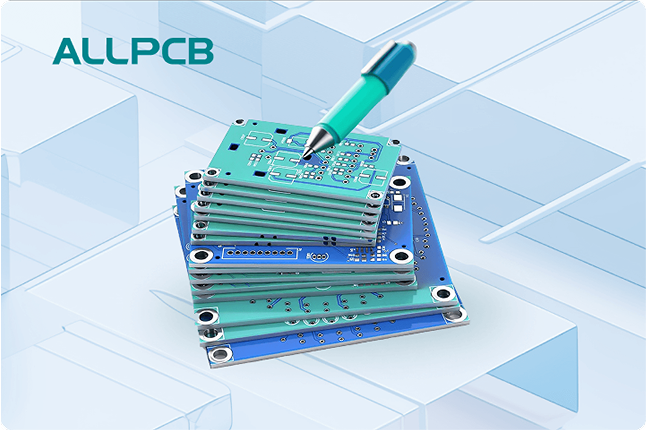
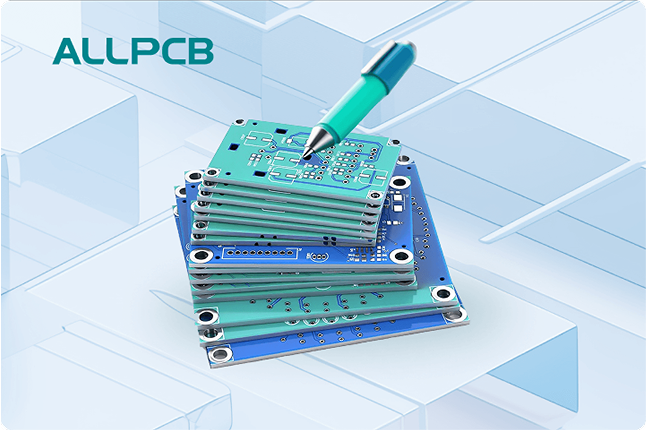
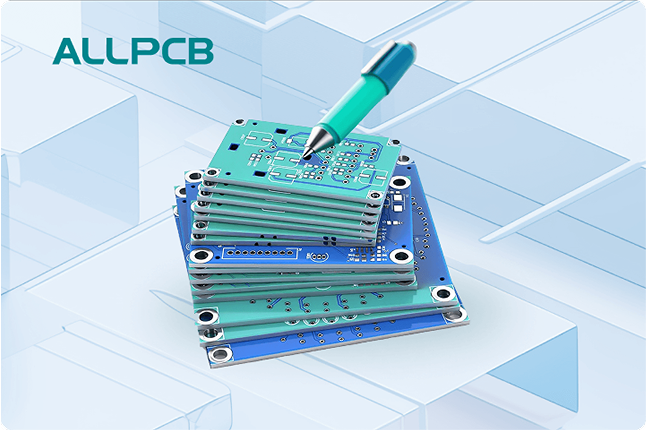
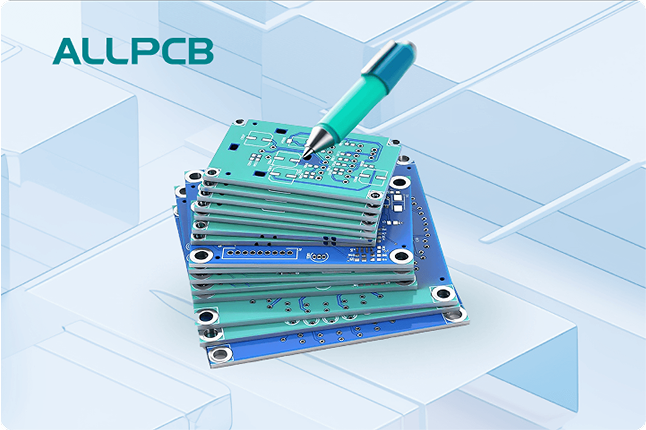
![Troubleshooting PCB Layout Issues: A Systematic Approach with [Software]](https://jpfile1.oss-accelerate.aliyuncs.com/allpcb/articlecover/2025/10/24/2025102409512639197852_pcbdesign.png)
